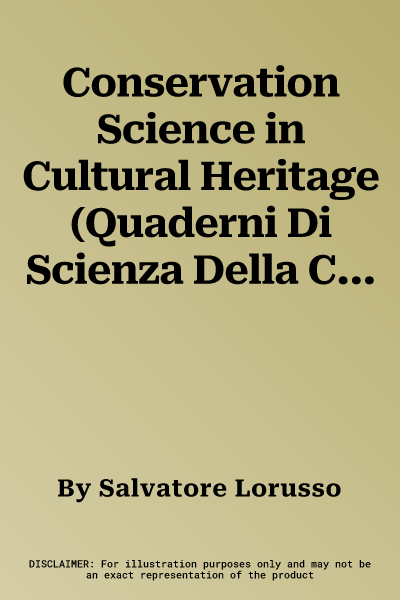This is certainly an unusual volume whose particularity is its content
which, as would be expected, does not present the thread of one unique
theme with related issues running throughout, but instead brings
together twenty Editorials dating from 2001-2020. They are the
Editorials of the Journal founded in 2001, which initially bore the
title Quaderni di Scienza della Conservazione, then, in 2007 changed to
Conservation Science in Cultural Heritage and are the result of
exogenous motivations that have become endogenous over time. The first
came after requests from friends, colleagues and readers of the Journal,
who repeatedly underlined the extreme relevance of the Editorials'
content. The second motivation was personal and intimate and determined
by re-reading the said content and, in doing so, experiencing once again
situations connected to various present-day problems and / or those
projected into a possible future. Within the context of the two key
words, interdisciplinarity and internationalization, on which the
Journal is based, topics of historicalartistic, technical-conservative,
economic-managerial, social-legal interest are dealt with relating to
the protection and valorization of cultural and environmental heritage.
But there were also sensations and conditions deriving from the
difficulties that followed the enthusiasm that went with managing the
Journal: in its birth, in its unfolding, in its becoming, in its
diffusion, in its affirmation, in its internationalization. The volume
expresses the desire to retrace those steps which were first carefully
pondered and then became reality and accompanied the Editorials and the
Journal, their message is: The quality of the information reflects the
truth of science and the clarity of communication. Quality, truth and
clarity are the result of the competence and commitment of Dr. Angela
Mari Braida in relation to the correctness of the English parts of the
book and the interpretative transfer of the Editorial content (not an
easy task), and the recognized expert organization of Dr. Andrea Natali,
whose work formed the base of the entire volume.

